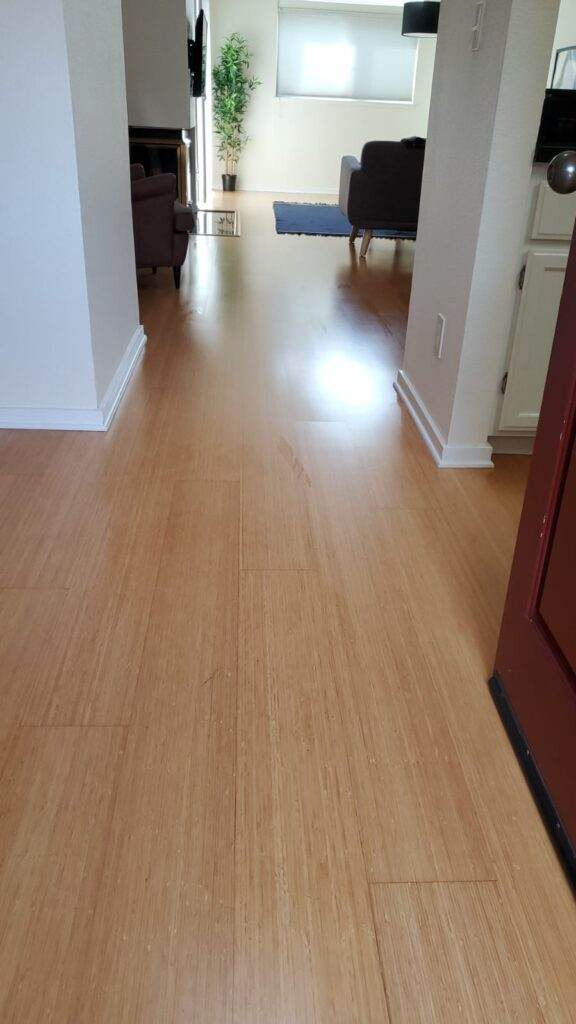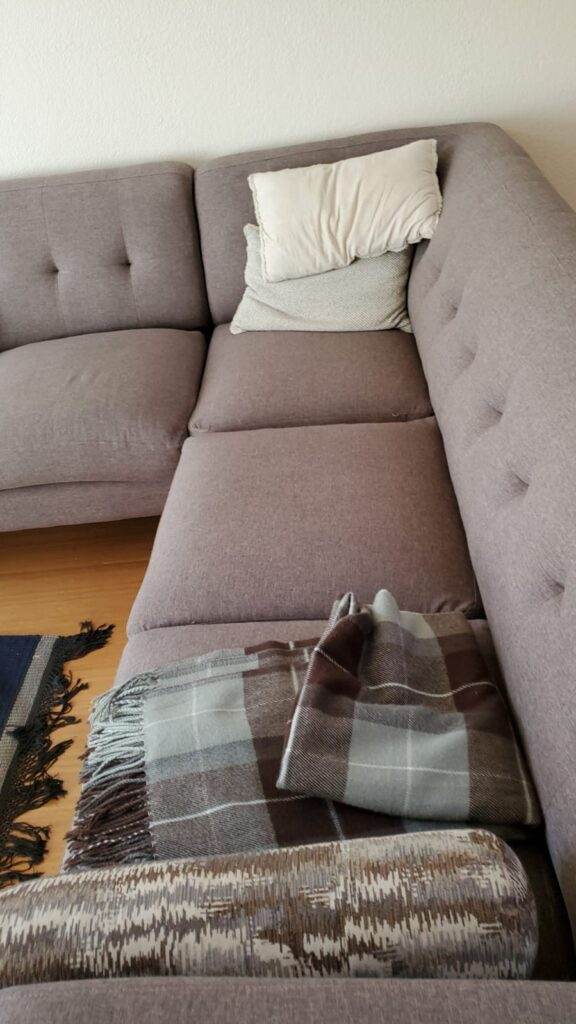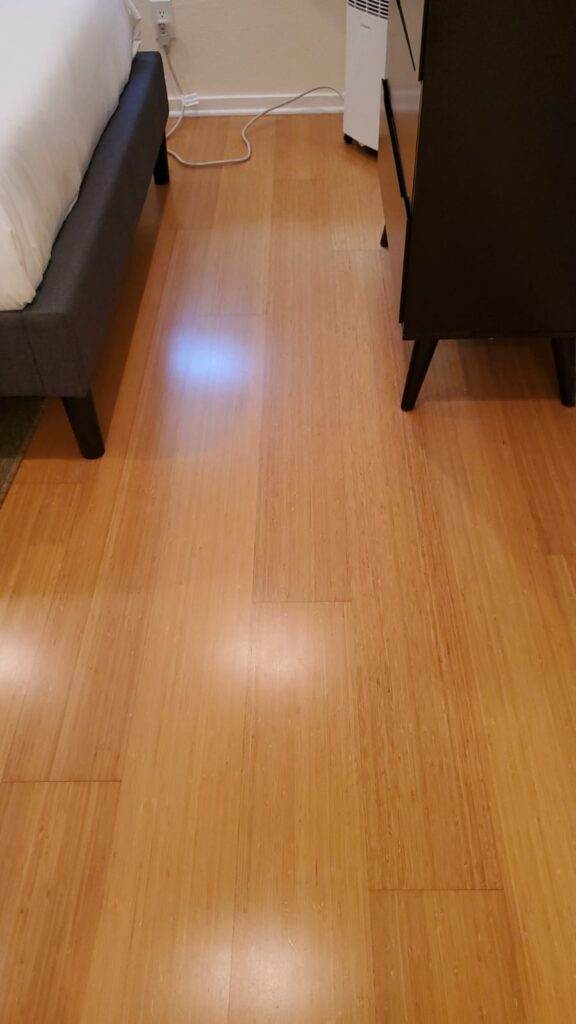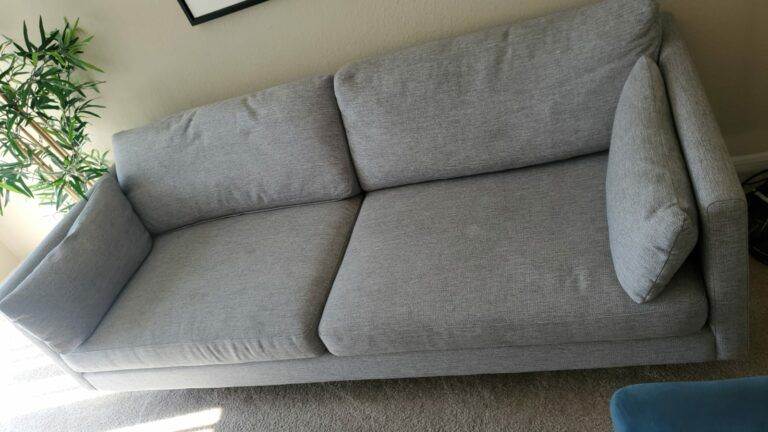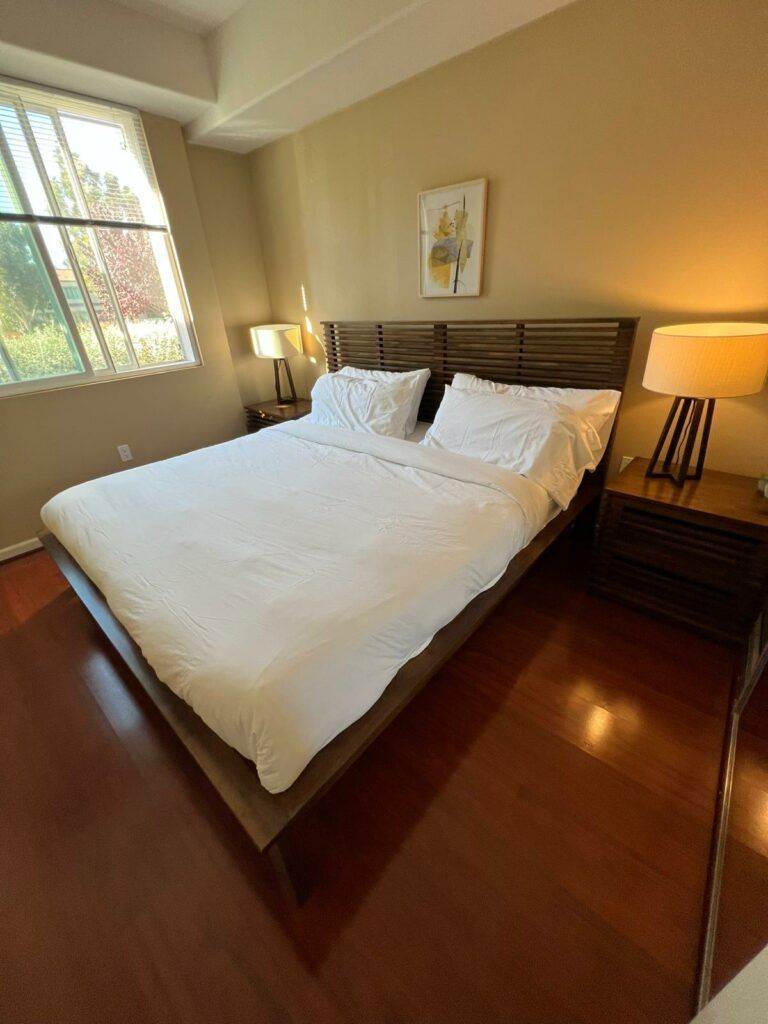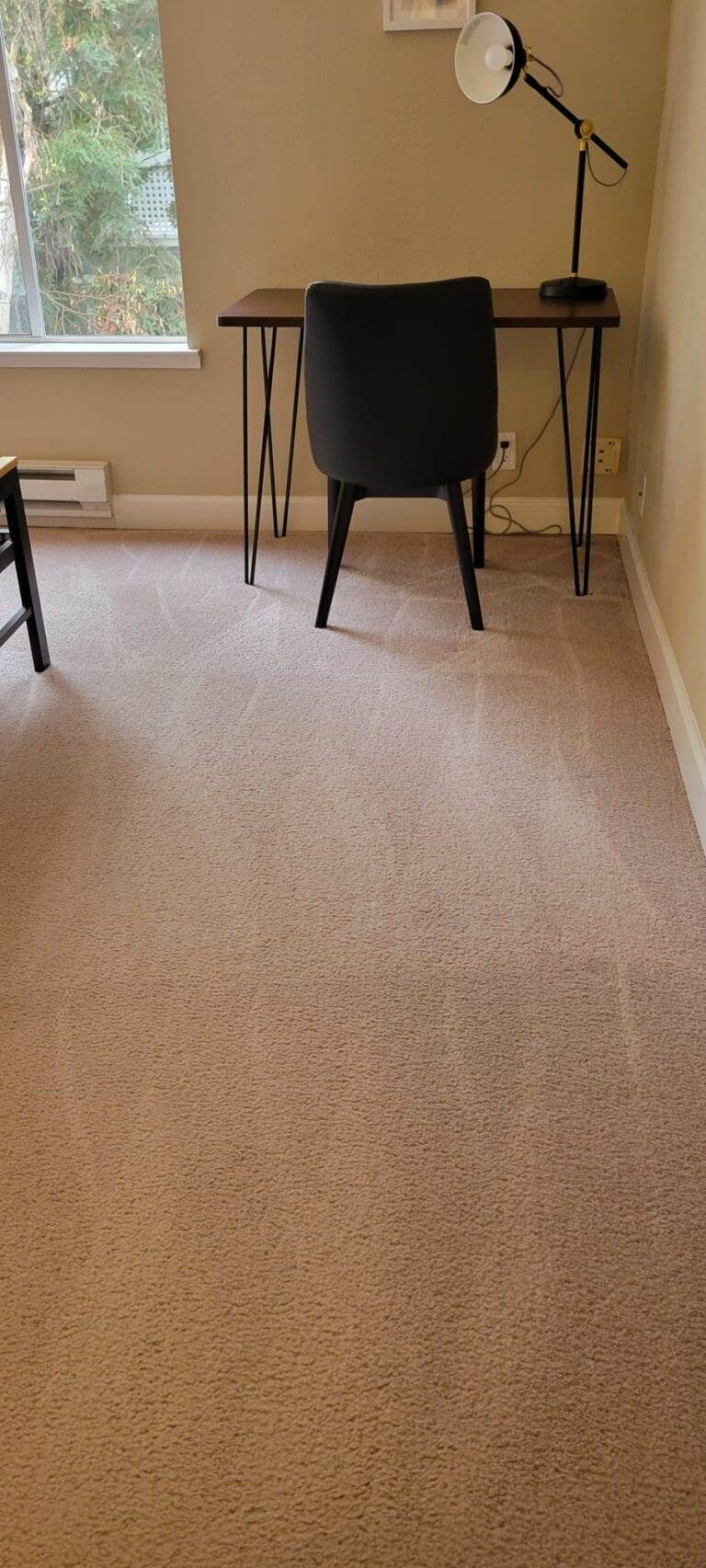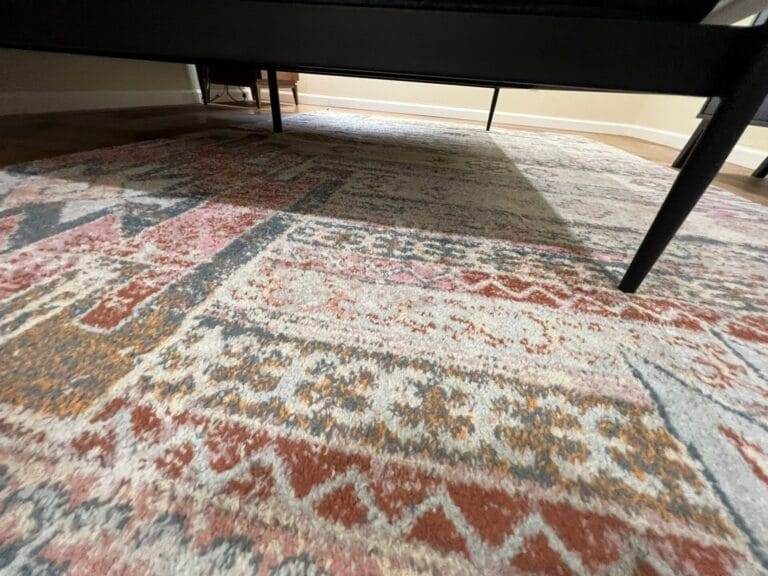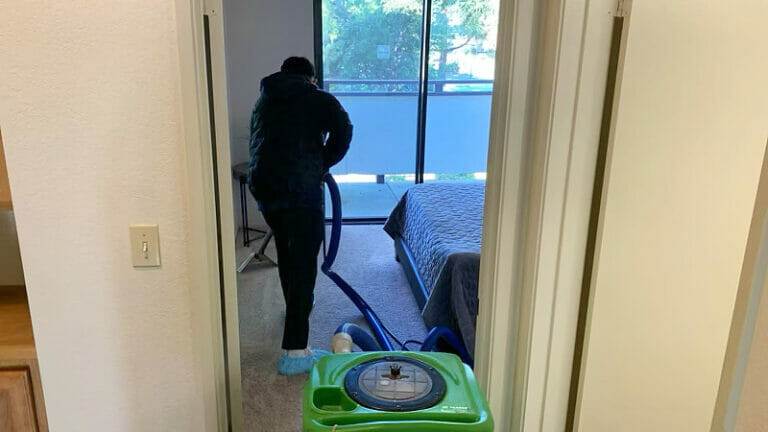Welcome to our blog post on tackling pet allergens and rethinking cleanliness in a pet-friendly home. As pet owners, we understand the joy and companionship our furry friends bring into our lives. However, living with pet allergies can be a challenge. It’s essential to create a clean and healthy environment for both pets and allergy sufferers. In this article, we will explore effective strategies to minimize pet allergens and provide tips on maintaining cleanliness in a pet-friendly home.
Pet Allergies
Pet allergies are allergic reactions triggered by proteins found in a pet’s skin cells, saliva, or urine. These allergens can cause a wide range of symptoms in sensitive individuals, including sneezing, coughing, itchy eyes, nasal congestion, and asthma attacks. Even pet owners who do not suffer from allergies can develop sensitivities over time. Therefore, it’s important to address pet allergens proactively.
Understanding Pet Allergens
1. Proteins: Pet allergens are mainly proteins found in a pet’s dander, which consists of dead skin cells, dried saliva, and urine residue. These proteins are lightweight, allowing them to become airborne easily and spread throughout the home.
2. Airborne Particles: Pet allergens are microscopic and can remain suspended in the air for extended periods. They can also attach to clothing, furniture, and other surfaces, making it challenging to eliminate them entirely.
3. Stickiness: Pet allergens are sticky and can adhere to surfaces, including carpets, upholstery, and bedding. This increases the difficulty of removing them, requiring specialized cleaning methods.
Creating a Pet-Friendly, Allergy-Safe Environment
1. Frequent Cleaning: Regular cleaning is key to reducing the presence of pet allergens in your home. Vacuum carpets, rugs, and upholstery frequently using a vacuum cleaner equipped with a high-efficiency particulate air (HEPA) filter to trap allergens effectively.
2. Hard Flooring: Consider replacing carpeted areas with hard flooring surfaces like hardwood, laminate, or tile. These floors are less likely to harbor pet allergens and are easier to clean.
3. Bedroom Maintenance: Keep pets out of the bedroom to create an allergen-free sleeping environment. Use hypoallergenic bedding and consider using mattress and pillow covers designed to block allergens.
4. Regular Washing: Wash bedding, pet bedding, and removable covers in hot water to kill allergens. This will also help eliminate pet odors.
5. Air Purification: Use high-quality air purifiers equipped with HEPA filters to remove pet allergens from the air. Place them strategically around the house, especially in rooms where your pets spend most of their time.
6. Dusting: Regularly dust surfaces with a damp cloth to minimize the accumulation of pet allergens. Avoid dry dusting, as it can cause particles to become airborne.
7. Avoidance Strategies: Keep pets off upholstered furniture to prevent allergen buildup. Use washable pet beds and blankets that can be laundered frequently. Additionally, consider keeping pets out of certain rooms to create allergen-free zones.
How Master Clean Service Bay Area Can Help
- Deep Cleaning: Think of this as a super-cleaning session for your home.
- Upholstery Cleaning: Let’s face it, our pets love lounging on the furniture. That’s why Master Clean gives your upholstery a thorough clean, reducing away allergens and leaving your furniture looking and smelling great.
- Carpet Cleaning: Carpets are like a magnet for pet allergens. But don’t worry, Master Clean has got you covered. They’ll pull out all the stops to get your carpets spotless and allergen-free.
- Regular Clean-ups: Keeping on top of pet allergens means cleaning regularly. That’s where the team at Master Clean comes in. They’ll work out a schedule that suits you and keeps your home sparkling.
So, if you’re trying to create a cleaner, healthier environment for your furry friends and family members, give Master Clean Service Bay Area a call.
Proactive Pet Grooming
1. Regular Bathing: Frequent baths using hypoallergenic pet shampoos can help reduce the amount of allergens present on your pet’s fur and skin. Consult with your veterinarian to determine the appropriate bathing frequency for your pet.
2. Brushing: Regular brushing helps to remove loose fur and dander from your pet’s coat before they become airborne. Brush your pet outside to minimize indoor allergen dispersion.
3. Pet Wipes: Use pet wipes to clean your pet’s paws, fur, and face after outdoor activities. This helps minimize the transfer of allergens from outside to inside your home.
4. Professional Grooming: Consider scheduling professional grooming sessions for your pet. Professional groomers often use methods that effectively remove loose fur, dander, and dirt, significantly reducing allergen levels.
5. Allergy Awareness: If someone in your household has pet allergies, it’s essential to educate them on the importance of personal hygiene, such as washing hands after interacting with pets and avoiding petting or touching their face before washing their hands.
Allergen-Friendly Pet Practices
1. Pet-Free Zones: Designate certain areas of the house as pet-free zones, such as bedrooms, to create clean, allergen-free spaces.
2. Regular Grooming: Maintain a grooming routine for your pets, including regular brushing and nail trimming. This helps minimize the amount of loose fur and dander shed inside your home.
3. Outdoors: Encourage outdoor playtime and exercise for your pets to reduce the amount of allergens they bring inside.
4. Wash Pet Accessories: Clean your pet’s toys, bedding, and bowls regularly to prevent allergen accumulation. Use hot water and hypoallergenic cleaning products.
5. Vet Visits: Regular veterinary check-ups ensure your pet’s overall health and can help identify and address any underlying skin or coat issues that may contribute to increased allergen production.
Conclusion
Creating a clean and allergy-safe environment in a pet-friendly home requires consistent maintenance and proactive strategies. By implementing the tips mentioned in this article, you can significantly reduce the presence of pet allergens in your home and provide a healthier living space for both your pets and allergy sufferers. Remember, it’s essential to consult with your veterinarian and allergist for personalized advice to meet the specific needs of your home and family.
